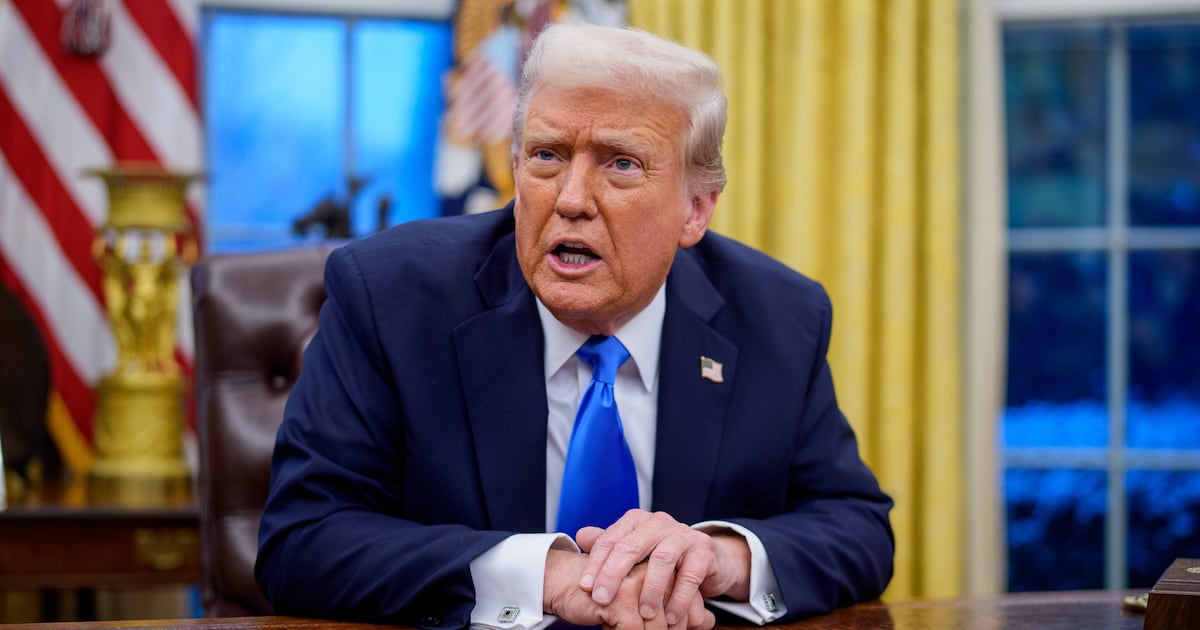On Wednesday, wire services reported that 18 civilians were killed in a pre-dawn airstrike in eastern Afghanistan. Afghan President Hamid Karzai blasted the NATO strike, pointing out that the U.S. government would have a hard time explaining the vans filled with the dead bodies of women and children that local villagers displayed for reporters. This latest example of civilians caught in the crossfire of America's Long War got a few mentions in the papers and on TV, but it didn't inspire much outrage.

And yet it occurred in the middle of a heated debate in Washington and around the country about drone strikes and President Obama's personal involvement in the military's so-called “kill lists.”
Why do conventional airstrikes seem to draw so little attention. while drone attacks arouse paroxysms of anger among war critics and many progressives? Is there a moral difference between dropping ordnance from a manned aircraft thousands of feet above a target and firing a Hellfire missile remotely from thousands of miles away in a CIA cubicle? It's hard to come by credible figures comparing casualties that result from these two methods of attack. But there's little doubt that drones, with their ability to linger over targets for hours and even days, are the more precise form of weaponry.
So why this "fetishization" of drones, as Bill Roggio, the editor of a website that tracks targeted killings, puts it? One reason may be that people feel uncomfortable targeting individuals for death. There's something particularly ghoulish about the specter of a president going over a hit list and personally choosing targets for execution. (The reality with Obama is far more complex and reassuring. He has acted more as a constraint on military killings than as a catalyst.) There are debates within legal circles about the ethical propriety of carrying out these state-sponsored targeted strikes, and whether the U.S. should be developing norms for an emergent type of warfare whose popularity is only growing. Then there's the technology itself. People are fascinated by drones; the precision of their lethality makes them seem more sinister than conventional weapons.
But I think there's another factor at play in the psychology of drones: their remoteness. The fact that a CIA or military operator can take out a target from the comfortable confines of their cubicle, far removed from the battlefield, without subjecting themselves to any risk, troubles people. The suggestion is that the ability to kill remotely dulls one's moral sensibilities. But is that true? It's hard to know without talking to CIA drone operators themselves. Since the program is covert, that's not possible. But in reporting my book, Kill or Capture: The War on Terror and the Soul of the Obama Presidency, I was able to get a remarkable, if second hand, glimpse into the mind set of a CIA drone operator.
In the book, I report out a conversation between the State Department’s legal adviser, Harold Koh, and a drone operator at CIA headquarters. Koh, perhaps the most forceful advocate of human rights law in the Obama administration, was preparing a speech in defense of targeted killing, and wanted to do his homework; he wasn’t going to put his reputation in jeopardy without knowing the drone strike program and its protocols inside and out. He spent hours at Langley grilling agency lawyers and operators. The operators were naturally suspicious of Koh—a wariness only fueled by Koh’s blunt demeanor. “I hear you guys have a PlayStation mentality,” he said.
The operators of the unmanned drones were civilians, but most were ex-Air Force pilots who took umbrage at the idea that they were “cubicle warriors” morally detached from killing. The lead operator lit into Koh. “I used to fly my own air missions,” he began defensively. “I dropped bombs, hit my target load, but had no idea who I hit. Here I can look at their faces. I watch them for hours, see these guys playing with their kids and wives. When I get them alone, I have no compunction about blowing them to bits. But I wouldn’t touch them with civilians around. After the strike, I see the bodies being carried out of the house. I see the women weeping and in positions of mourning. That’s not PlayStation; that’s real. My job is to watch after the strike too. I count the bodies and watch the funerals. I don’t let others clean up the mess.”
The conversation must have proved persuasive; Koh gave his speech, defending the legal underpinning of the job the drone operator and his colleagues do.






